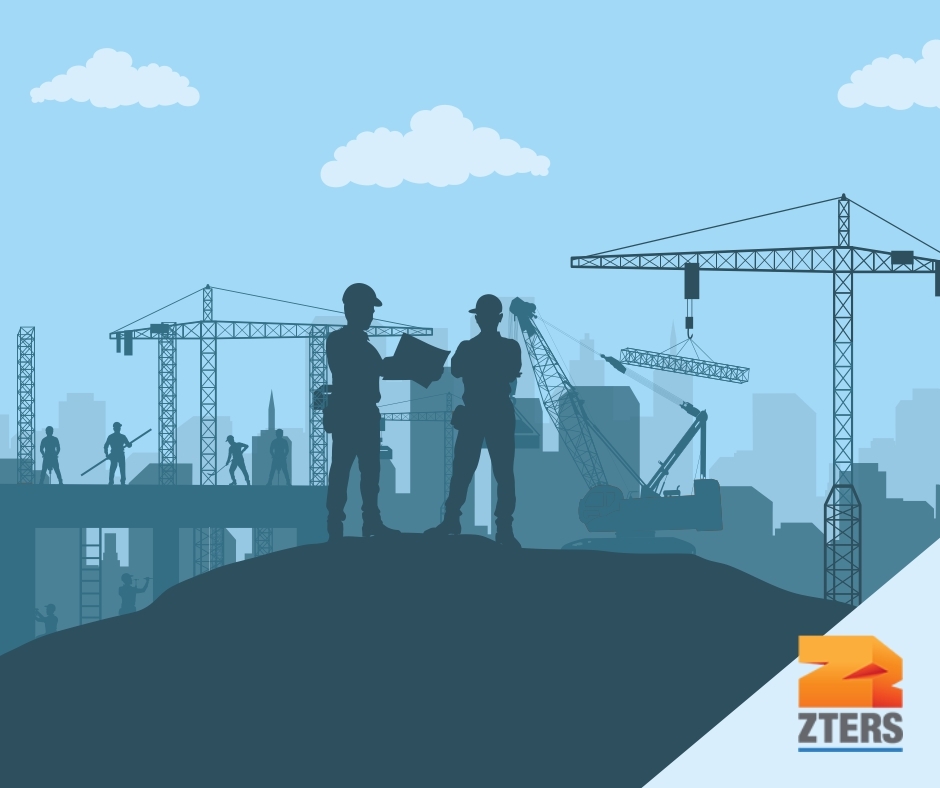Understanding the five types of building construction helps to ensure safety, durability, and functionality. From residential homes to commercial structures, each type comes with its own set of characteristics.
The evolution of building construction types can be traced back through centuries, reflecting advancements in materials, technology, and understandings of structural safety. The origins of the five main types of building construction are rooted in historical developments and the need to address specific challenges.
Let’s take a look at the five main types of building construction and some brief historical context.
Type I: Fire-Resistive Construction
The need for structures resistant to fire became evident in the aftermath of devastating urban fires in the late 19th and early 20th centuries. The emergence of steel production and the understanding of its fire-resistant properties led to the development of fire-resistive construction.
As the name suggests, fire-resistive construction is designed to withstand intense heat and flames. Commonly found in high-rise buildings, these structures use non-combustible materials like concrete and steel. Key features include:
- Thick walls and floors for enhanced fire resistance.
- Extensive fireproofing measures to protect structural elements.
- Commonly used in skyscrapers, hospitals, and other critical infrastructure.
Type II: Non-Combustible Construction
Non-combustible construction finds its roots in the industrial revolution when the mass production of steel became more accessible. As the risks of fire in urban areas became apparent, the use of non-combustible materials like steel and concrete gained prominence. This construction type addressed concerns about fire spread in commercial and industrial settings.
Non-combustible construction employs materials that do not easily catch fire, providing a level of safety and reducing the risk of fire spread. Key characteristics include:
- Steel or concrete frame with non-combustible exterior finishes.
- Resistance to fire, making it suitable for various building types.
- Widely used in commercial buildings, warehouses, and manufacturing facilities.
Type III: Ordinary Construction
Ordinary construction has historical roots in traditional building methods that primarily used wood as a readily available and versatile building material. Over time, the need for enhanced fire resistance led to modifications, incorporating non-combustible materials in critical structural elements.
Ordinary construction relies on wood as a primary structural material. However, non-combustible materials are often integrated to enhance fire resistance. Features of ordinary construction include:
- Exterior walls made of combustible materials like wood.
- Interior structural elements reinforced with non-combustible materials.
- Commonly found in residential and small to medium-sized commercial buildings.
Type IV: Heavy Timber Construction
The origins of heavy timber construction can be traced back to medieval Europe, where large wooden beams and columns were extensively used in cathedral construction. The aesthetic appeal of exposed timber led to its continued use in various structures, with modern adaptations focusing on fire safety through careful design and spacing of wood members.
Heavy timber construction emphasizes the use of large wooden members, creating a distinctive and aesthetically pleasing appearance. Key attributes of this construction type include:
Starting a Construction Project?
Kick off your jobsite rental with an account manager.
- Thick, solid wood columns and beams.
- Limited use of concealed spaces to reduce fire risk.
- Popular in historic buildings and structures with a focus on visual appeal.
Type V: Wood-Framed Construction
Wood-framed construction has a long history, dating back to ancient civilizations that used timber as a primary building material. In the United States, the widespread availability of wood and the desire for cost-effective housing led to the prevalence of wood-framed construction in residential buildings. Today, it remains a common choice for low-rise structures.
Wood-framed construction involves a framework of wooden studs, making it cost-effective but requiring additional fire protection measures. Key points include:
- Exterior walls made of wood framing.
- Commonly used in single-family homes and small commercial buildings.
- Requires fire-resistant materials and treatments to enhance safety.
Browse the ZTERS blog for more construction-related posts and learn more about how we can help support your project with our exceptional construction site services.

